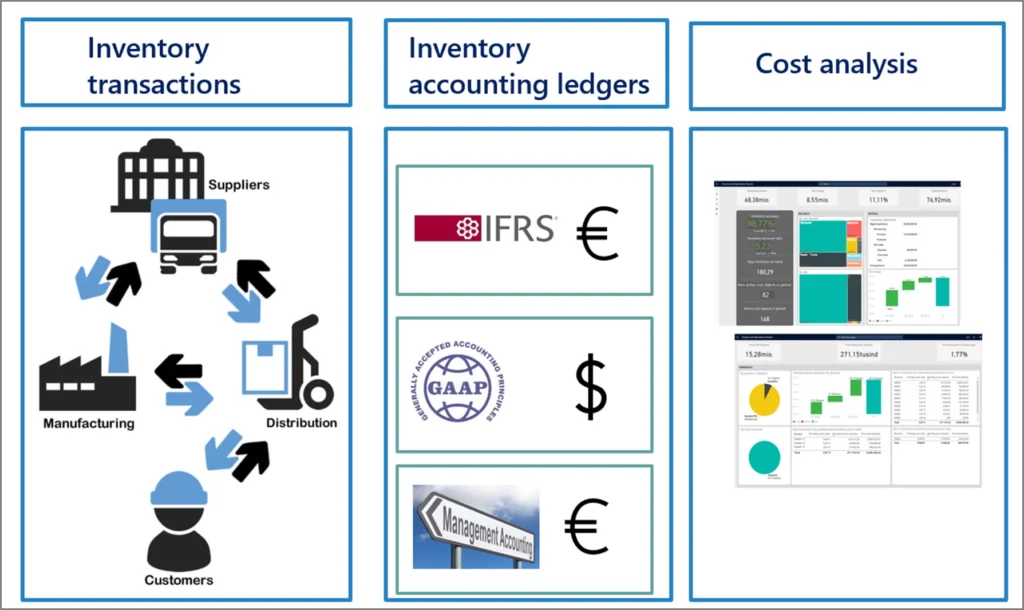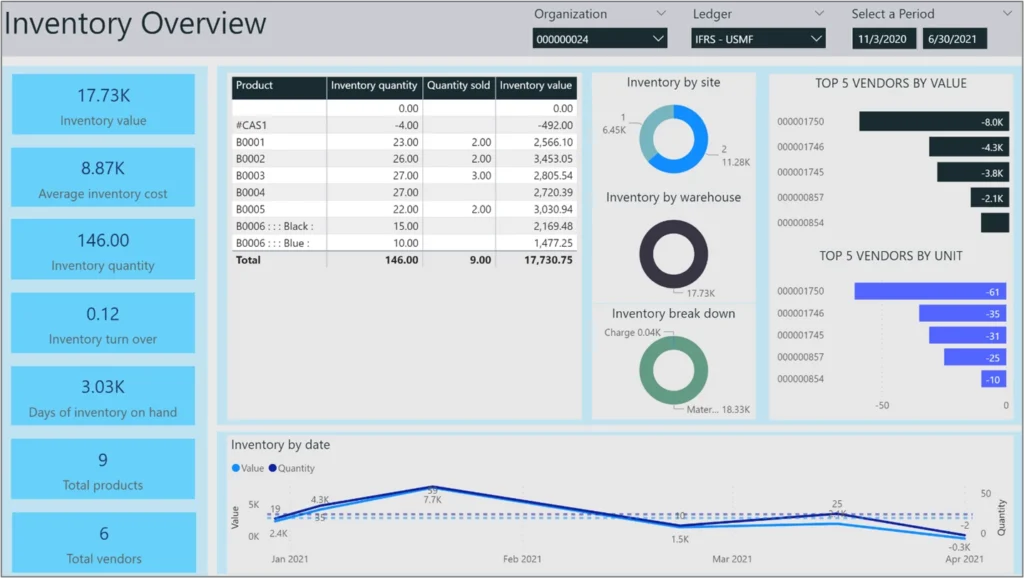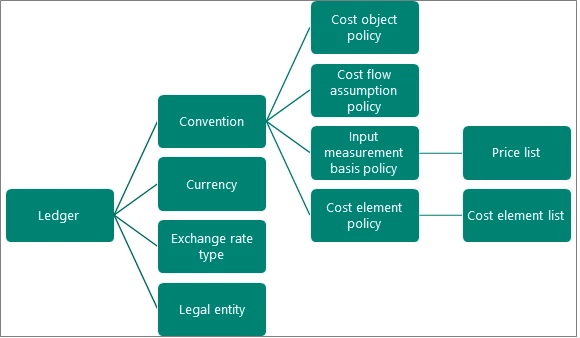How the Parallel Cost Accounting Feature in the Global Inventory Accounting Add-in for D365 Supply Chain Management will Benefit the Life Sciences Industry

The life sciences sector is renowned for its strict regulations. The recent Global Inventory Accounting Add-in for Microsoft Dynamics 365 Supply Chain Management helps companies with parallel cost accounting, which allows them to easily comply with multiple accounting standards simultaneously. This new feature offers a range of benefits for organizations operating in multiple countries, including enhanced efficiency, improved accuracy, and reduced risk. In this blog, we’ll take a closer look at the benefits of this new tool and explore how it can help life sciences companies stay on top of their inventory accounting processes.
Read more to gain insights into the Global Inventory Accounting Add-in within Microsoft Dynamics 365 Supply Chain Management.
Navigating the Accounting Maze of Global Enterprises
The life sciences realm operates with a global footprint which causes accounting complications for international entities. They grapple with the task of determining diverse inventory cost representations to align with an array of accounting protocols—local accounting standards, statutory frameworks like the International Financial Reporting Standards (IFRS), and in-house management accounting directives.
In the life sciences domain, abiding by these diverse regulations is paramount for ensuring the safety and efficacy of products. Besides, there’s often a need to balance inventory costs using a volatile local currency alongside a stable alternative currency for statutory compliance.
Finally, organizations in the life sciences industry may need to use different cost valuation methods internally versus those required by their local country or region, further adding to the complexity of inventory accounting.
Simplifying Parallel Cost Accounting
Picture a life sciences entity with operations spread across various nations, with a focus on medical device production and sales. A branch of this entity is situated in a region where local norms determine inventory accounting in the local currency, which is susceptible to rapid fluctuations. Yet, IFRS mandates that the same subsidiary also maintains records in a more stable currency such as USD or EUR. This dual accounting obligation poses substantial challenges, mandating separate ledger maintenance for each currency while ensuring both accounting norms are met.
Enter the Global Inventory Accounting Add-in for Microsoft Dynamics 365 Supply Chain Management. This tool empowers the subsidiary to deftly manage and document values in multiple currencies by toggling between designated ledgers for a particular sales transaction. This ensures alignment with regional accounting protocols as well as IFRS compliance, all the while optimizing their inventory accounting methodology.
A standout trait of this Add-in is its capacity to generate a consolidated document reflecting diverse accounting regulations based on varying currencies, valuation bases, and cost-flow assumptions. The multi-ledger capability lets entities customize as many costing ledgers as required. The system accommodates dual currency and valuation inventory accounting.
For instance, a branch situated in a region with a volatile currency is mandated by local regulations to record inventory values in that currency. Concurrently, IFRS dictates maintaining records in a stable currency, such as USD or EUR. Leveraging Global Inventory Accounting, this branch can swiftly record and review values in diverse currencies by toggling between different designated ledgers for a designated sales transaction.
Owing to its micro-service architecture, Global Inventory Accounting facilitates inventory assessments, valuations, and variance analyses in cloud ecosystems like Microsoft Dataverse.
Deep Dive into Costs with Power BI Insights
Global Inventory Accounting paves the way for intricate cost analysis. Organizations can harness Power BI reports for in-depth scrutiny and leverage the embedded templates for comprehensive inventory snapshots, statements, and more, aiding managerial decision-making.

The Intricacies of Parallel Cost Accounting
Global Inventory Accounting undertakes inventory accounting within distinct ledgers. Firms can craft as many costing ledgers as deemed necessary for each of their legal entities, guaranteeing multiple inventory depictions. All documentation, ranging from purchase to sales orders, are accounted for in the ledgers associated with the particular entity.

Peering into the Future
To fortify the ability of global entities to maintain compliance, Global Inventory Accounting offers support for both standard and moving average costings for retail and distribution sectors. Upcoming upgrades will cater to manufacturing entities, introducing support for methodologies like standard cost, moving average, weighted average, FIFO, and more.
Next Steps
If you are interested in learning more about supply risk assessment in Microsoft Dynamics 365 for Supply Chain Management, contact us here to find out how we can help you grow your business. You can also email us at info@loganconsulting.com or call (312) 345-8817.

